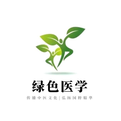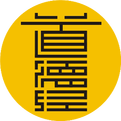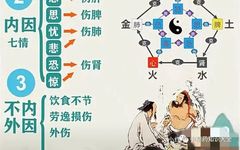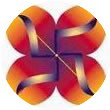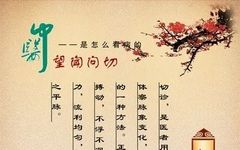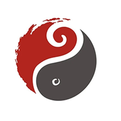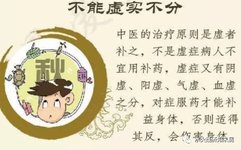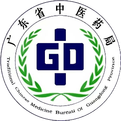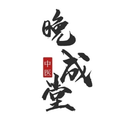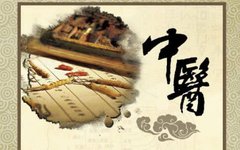The Seven Meanings of ‘Xu’ and ‘Shi’ in Traditional Chinese Medicine
‘Xu’ (虚) and ‘Shi’ (实) refer to the nature of pathological changes and are extremely important in differential diagnosis. Therefore, ‘Xu’ indicates the need for tonification, while ‘Shi’ indicates the need for purging, which are essential methods for diagnosis and treatment; tonification leads to ‘Shi’, while purging leads to ‘Xu’, which are the inevitable results … Read more

